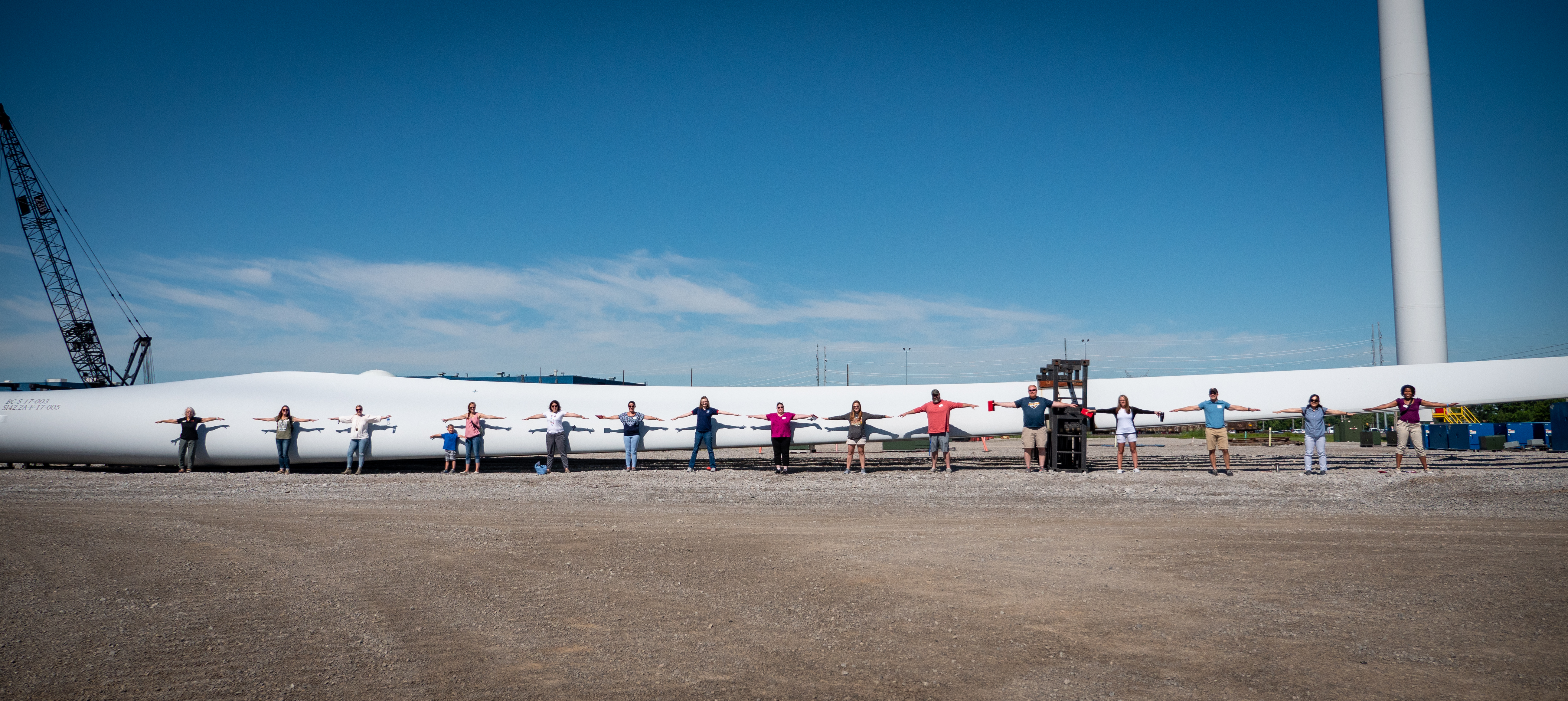SITE PATH
ONE ENERGY FEED

SUBSCRIBE
CONNECT WITH US
News Filters

In a high-growth company, how you choose to prioritize your workload can make or break your business. You very rarely have abundant resources to throw at every problem or project. You have to pick and choose which projects require the most attention and carry the most weight. But how do you prioritize when everything is a top priority? If everything is the “most important” how can you possibly determine where you should focus your team?
“Putting out fires” is a term used in the business world to describe a sudden problem that must be tended to immediately so that it does not spread and cause damage. In addition to sudden problems, I also classify unexpected opportunities as fires. While an unseized opportunity won’t cause immediate harm to your company, it may cause lasting damage as the one you let get away. The act of “putting out fires” may have negative connotations in the business world, but when you’re pioneering a new industry, they’re simply unavoidable. No matter how much your company plans, how many forms you standardize, or how many hours of work you put in, fires will always arise. Expecting the unexpected is a requirement of a high-growth company. And in order to deal with the sudden problems (or the unexpected opportunities) your priorities must be flexible.
At One Energy, my team is heavily involved on the sales side of our business as well as the project development side. This means we get fires coming at us from all angles. We sometimes develop projects in areas that have never seen a wind turbine before, which comes with unique challenges each time. We also see our fair share of unexpected sales opportunities that we would be foolish to ignore.
There is a comic strip that floats around our team from time to time when someone wants to describe a particularly smoldering week. It depicts a dog, sitting at a dining room table, drinking coffee, as flames rise around him. In the next frame he calmly states, “This is fine.” Because it is fine, at least in my team’s eyes. You must have a specific team to work in an ever-changing, fast-paced business. It is not for everyone, which is OK. But for the right team, fighting fires is where they thrive. One of my team leaders once said to me, “fighting fires is my favorite part of this job. I love to see the awesome things our team can do under pressure.” It’s our own version of controlled chaos. And I’ve seen it result in an unmatched sense of camaraderie.
With that said, we cannot constantly fight fires. Trying to keep that level of urgency without any breaks will result in team burnout. There must be a balance.
So how do you determine where to funnel resources when it seems like everything is a fire? There is no right answer. The best I’ve been able to come up with is pretty simple: do the best you can with the information and tools you have. Trust your team and trust your decisions. Don’t look back and question where you decided to direct your resources because hindsight is always 20/20. All we can do is assemble the right team to fight the immediate fires without losing sight of the long-term goals.
It is our job as executives to minimize avoidable fires, to say “no” (or “not right now”) to opportunities that are not worth the time and resources. We cannot let the fires burn out our team. It is our job to know our team’s limitations and to know when we are pushing too hard or asking too much. It is also our job to say “yes” and take a chance every once in a while. But no matter what, we must always set the context so that our teams know the importance and relevance of each fire.
At the end of the day, we have to be flexible. When we’re interviewing new candidates, we often get the question “What is a typical day or week like here?” Usually, the response to that question from our team is a bit of a chuckle followed by, “There is no typical day here.” We start and end the week with the same long-term goals, but in between, our weeks are spent adapting, fighting fires, and seizing opportunities. I’d expect nothing less working in a new and innovative industry. Frankly, the idea of a typical day seems quite boring.
Jessica Grosso is the Head of Project Planning and Technology at One Energy.

Our Wind for Industry projects produce electricity, but can generate something even more powerful in the process – curiosity.
At One Energy, we understand the importance of giving not good, but GREAT tours of our headquarters (just read CEO Jereme Kent’s piece about their effect to see why). Educating on wind energy via hands-on excursions through the North Findlay Wind Campus is one way we do so.
We host a wide range of visitors – from STEM teachers, to local organizations, to the kid who just thinks wind turbines are cool. Our goal is to give visitors an experience they’ll never forget – and spark curiosity for future generations.
As lifelong learners, we know the best way to learn something is to experience it yourself and to ask lots of questions. That’s why our tours provide a unique look (and feel!) into One Energy, aiming to be as informative as possible. Everyone has a chance to get up close and personal with our turbines!
Take a Virtual Tour of a Wind Farm here!


Lukas Nelson began climbing wind turbines when he was 18 and just starting out in the wind industry. Now, as the Field Fleet Manager for One Energy’s Wind for Industry projects, not only is he climbing turbines – he’s prolonging their lifespans.
In today’s Climb to the Top, Lukas tells his story – from watching his father put up a utility-scale wind project, to working for turbine manufacturers, to joining the One Energy team!
Subscribe to our YouTube channel to keep up with the climb!
This series can also be found on Facebook, LinkedIn, Instagram, and Twitter.

Big thanks to Ohio Energy Project and the group of junior high/high school teachers they brought to the North Findlay Wind Campus!
The visit consisted of touring the wind turbine component yard and the office building, engaging with a panel of One Energy employees discussing careers in wind energy, and using our conference room for a professional development session.
We’re grateful for the opportunity to host these educators and help build their energy lesson plans!
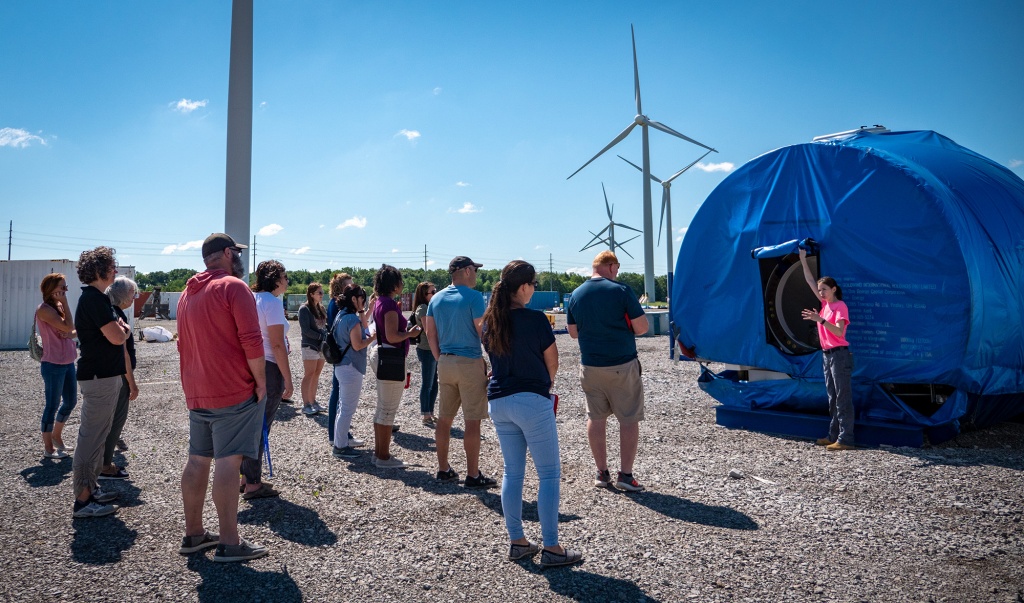
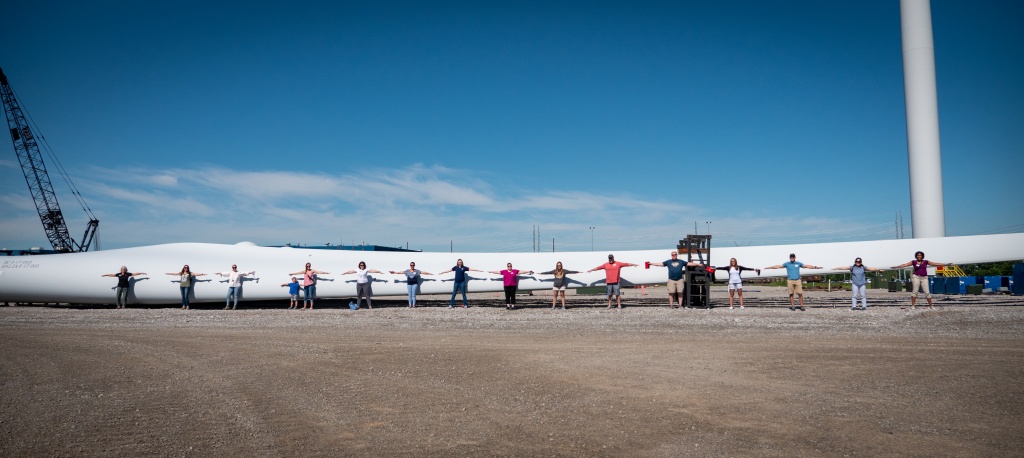
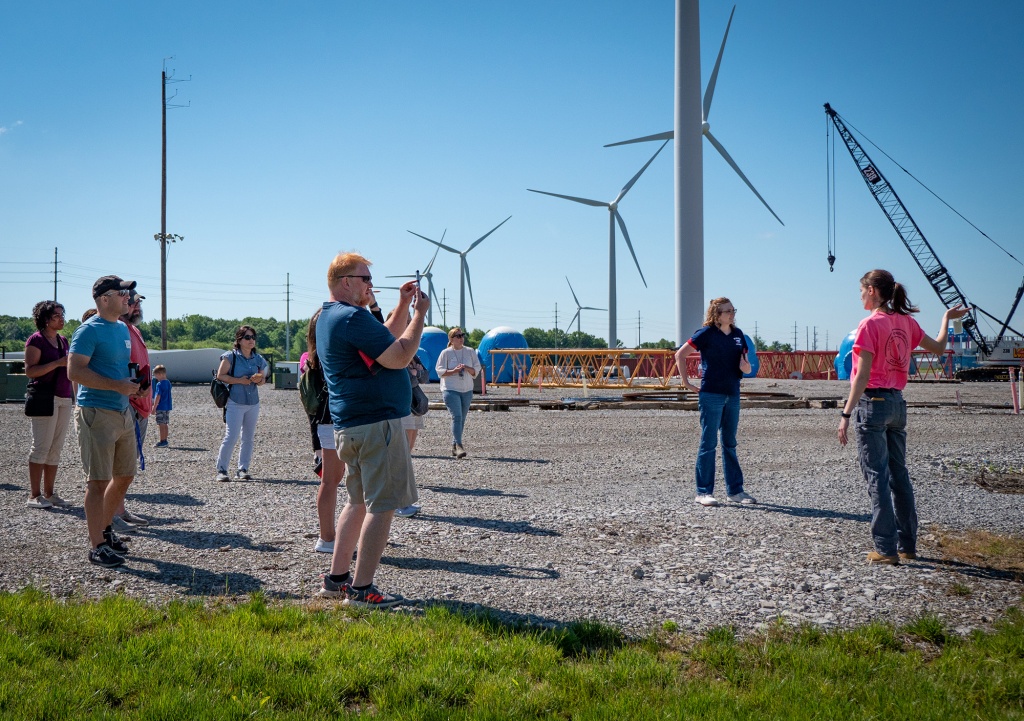

I have watched it time and time again. Bosses and managers putting up toxic barriers to employees making mistakes.
It happens in many forms. There are the non-delegators: managers that don’t hand off or delegate tasks for fear of an employee messing up the project. There are the hot heads: managers that tear apart employees because the employee made a mistake or didn’t do something in the way the manager would. There are the gossipers: “Did you hear Susie did this? What a dumb mistake.” And there are the punishers: those who make it clear that mistakes will bring the risk of demotion, firing, or lack of a promotion.
I get it. Mistakes can cause all sorts of trouble. On the small end they can break things, cause the company to lose time, or cause rework. On the big end, they can be catastrophic, and depending on the industry, even a matter of life and death.
No one wants to make mistakes, and no one wants others to make mistakes.
The conundrum is that people learn the most significant lessons of their lives through making mistakes. Whether you are learning a new task, building something new, or making a decision you have never been empowered to make, you often make mistakes as you improve your skills and knowledge base. People don’t get better at something unless they do it.
Beyond the learning opportunities, being limited from making higher-level decisions or completing new tasks is demoralizing and demotivating. If you don’t empower your employees and let them make mistakes, you will deflate them, stunt their growth, and at the same time stunt the growth of your company.
So, what are managers left to do? You must create an environment where you set people up to do their best work, minimize small mistakes, eliminate big mistakes, and to do this all without you.
To start, hire great people. If the person being tasked with something is not right for that task, (either because they do not have the training, capability, or willingness to embrace the task you are giving them), there is little chance they are going to be an employee who can thrive in their position and avoid devastating mistakes without you.
Second, realize your main role as a manager is not to do – it is to train. Your company must be structured so that managers have sufficient time and opportunities to pass knowledge on and empower people to do their jobs. Otherwise, the manager is set up for failure and so are the employees they supervise.
Third, create the context for decisions. Help others see what you have seen. Tell others about the mistakes you have made. Be open. Give people the framework for what can go wrong and how dire the consequences can be when certain mistakes are made.
And finally, draw the line on mistakes. What mistakes are unacceptable? Tell people before they happen. Don’t assume it is innate knowledge.
This all may take time that you think you do not have. But in truth it is your most important role. The worst thing you can do for your company, its growth, and its future is to discourage your employees from making mistakes. Because when you are doing so, most of the time you are preventing your employees from growing and doing their jobs in the first place.
Katie Johnson Treadway is the Head of Regulatory Affairs at One Energy.

Safety mirrors, like the one pictured below, often help drivers check around corners in parking garages or on small roads. At One Energy, they help employees maintain a high level of safety and awareness.
This mirror stands at the corner of an access road at the North Findlay Wind Campus. The reflection helps heavy-equipment operators see around them to keep themselves and others safe. The mirror even has a convex curve to help give these operators an incredibly wide view of their surroundings. And a bonus? The mirror can also give us a unique perspective of our turbines!
Our equipment, procedures, and operators all contribute to keeping safety at the forefront of everything we do.
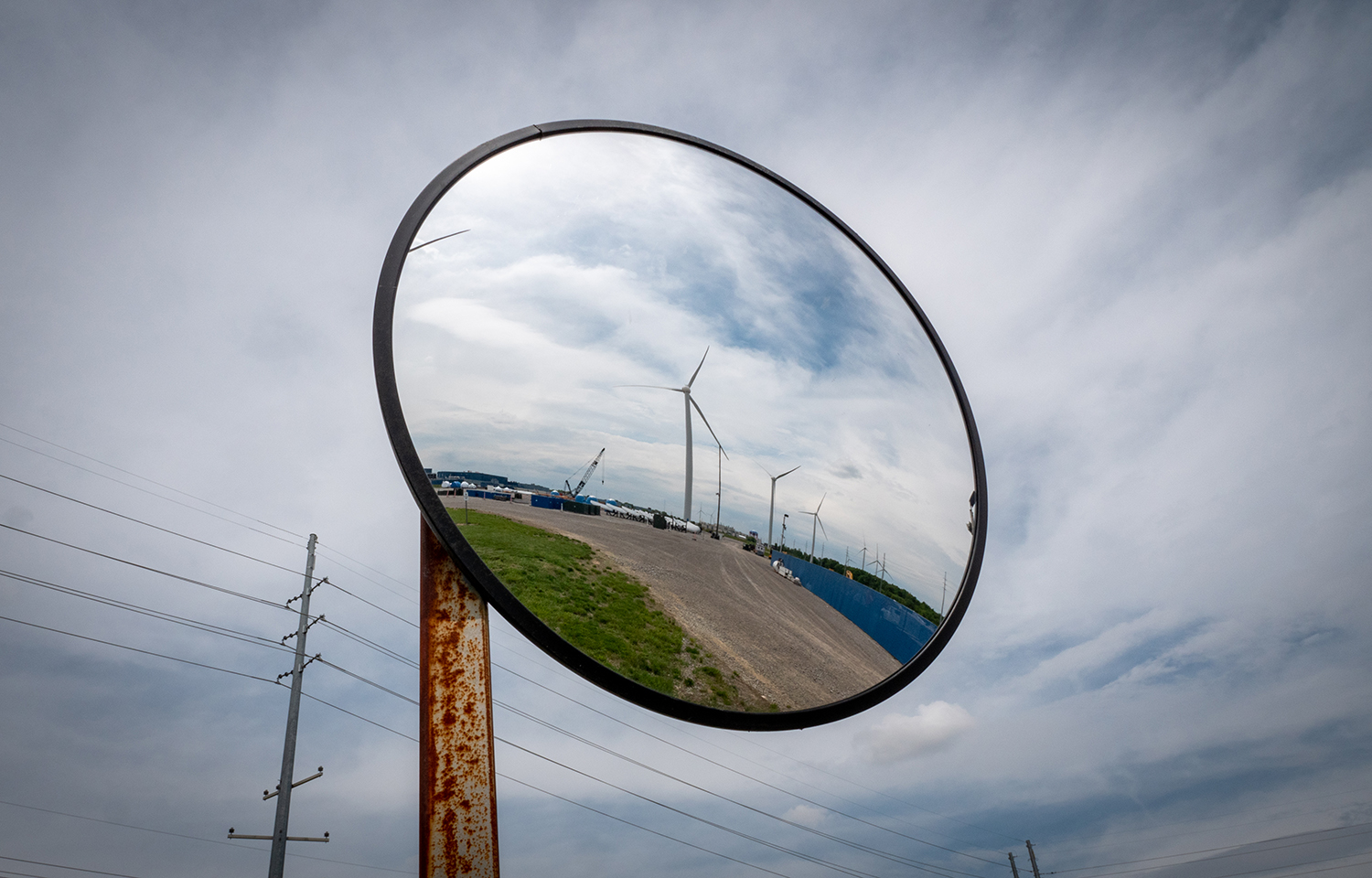

Start your engines: it’s time for a ramp race! 🏁
Wax or wood – which surface will win? Find out by watching today’s episode of Science Shorts!
To demonstrate the concept of friction (which is described as a force that opposes motion) the experiment in this segment will involve blocks sliding down ramps, each with a different surface roughness. Watch for an explanation of friction on each surface, and root for the ramp of your choice!
And stay tuned to find out what would happen if friction didn’t exist (hint: you may have experienced this on an icy sidewalk in the winter!).
Subscribe to our YouTube channel and don’t miss any future Science Shorts!

They say that good is the enemy of great. When it comes to corporate tours, it seems like barely acceptable is the enemy of good, and great is nowhere in sight.
I cannot count the number of times I have visited a customer, vendor, or peer for a tour and been utterly disappointed. The hardest thing to do is get your target audience to come see you – in person. So if you get that rare opportunity with someone you’re hoping to build a professional relationship with, be sure to make the most of it.
A great tour communicates culture, shares a vision, and tells a great story. Every company should think about how to give a great tour for their story.
If you’re a disruptive company, display that disruption in your tour. If you are a company that is proud of your culture, highlight that pride in your tour. If you are a brand-conscious company, show off your brand. No matter what you do, please do not skip the tour and do not give a haphazard, poorly thought-out tour. That is how you waste an opportunity.
When we built our new headquarters in 2018, we planned the entire office around the ideal of creating a customer experience. We wanted the building to show people what we do and how we do it, and to make our very large, very complicated business of building Wind for Industry projects approachable. We typically give visitors an office tour and a yard tour. We have standardized these tours and we practice them. We have thought about the words we use, the route we take, and the experience we want to create for our business partners and community members.
A lesson we have learned that we did not expect, is that some of the most valuable tours are given to some of the people we didn’t design the tours for.
This weekend I gave a tour to the 80-year-old mother of one of our employees. Seeing the excitement in her eyes at both the company and the fact that her daughter works here was valuable to the employee, and consequently it was valuable to our company.
We give great tours to our employees’ families. We give great tours to local students and to government officials. We give great tours to everyone we can, and that makes us a better company.
If you want to build a great tour, I suggest the following:
- Figure out what story you want to tell; debate this vigorously
- Figure out what route and what dialogue you want to use to do a 15-minute-or-less tour
- Do the same for a more in-depth 30-minute tour that shows off your product
- Train the people who will give the tour and make them practice over and over
- Give the tour to everyone you can, and constantly reevaluate
When you give great tours, you will see a difference in the way your meetings go after the tours. You will see a change in the way business partners and customers view you. You will realize the value in taking 15 minutes to tell your great story. And you will probably have a whole lot of fun giving tours to the people you never expected they would be given to. I know I do.
Jereme Kent is the CEO of One Energy.

If it’s got oil, it gets inspected! 🔧
We’ve discussed the heavy equipment used for One Energy construction in past posts – but how do we keep those machines running smoothly? And more importantly, how do we keep the individuals operating the machines safe?
That’s where Brad comes in. Brad is OE’s heavy equipment mechanic, and in this episode of Technician Talk, he takes us through the equipment maintenance process.
Learn how he regularly inspects machines to make sure they’re working properly, why we prefer preventative maintenance instead of reactive maintenance, and how equipment operators can help. Above all, safety is our top priority, and inspecting for damage is one way we keep equipment safe for our employees.
Technician Talks can also be found on our LinkedIn, Facebook, and Twitter feeds– and be sure to subscribe to our YouTube channel for more One Energy content!
This summer marks another year of Megawatt Scholarships awarded to graduating high schoolers residing in the communities of One Energy’s Wind for Industry projects. The total amount awarded since the 2015 start of this program now equals more than $400,000, a milestone which was featured in Yahoo Finance. Read the coverage above, and learn more about the STEM scholarships and participating partners at www.megawattscholarships.org.

